Snakes are fascinating creatures with unique behaviors that can sometimes confuse even experienced handlers and enthusiasts. One particularly challenging aspect of snake behavior to interpret is determining whether your serpentine friend is simply taking a long nap or has entered a state of hibernation (more accurately called brumation in reptiles). This distinction isn’t merely academic—it can have significant implications for how you care for your snake during these periods. Whether you’re a concerned pet owner or a wildlife enthusiast who’s encountered a seemingly dormant snake in the wild, understanding the differences between normal rest and brumation can help ensure appropriate responses and care. In this comprehensive guide, we’ll explore the telltale signs that distinguish a resting snake from one that’s entered brumation, and provide practical advice for responding appropriately in either scenario.
Understanding Snake Brumation vs. Rest

Brumation is a hibernation-like state that cold-blooded animals, including snakes, enter during colder months when temperatures drop and food becomes scarce. Unlike true hibernation in mammals, brumation is characterized by periods of activity interspersed with long stretches of dormancy. During normal rest, snakes simply recharge their energy between hunting, digesting, or other activities, typically lasting hours rather than weeks or months. The fundamental difference lies in the physiological changes that occur—during brumation, a snake’s metabolism slows dramatically, requiring minimal energy expenditure while resting involves normal metabolic function with regular breathing patterns. Understanding this distinction forms the foundation for accurately interpreting your snake’s behavior and providing appropriate care during these different states.
The Duration Factor: Time Spent Inactive
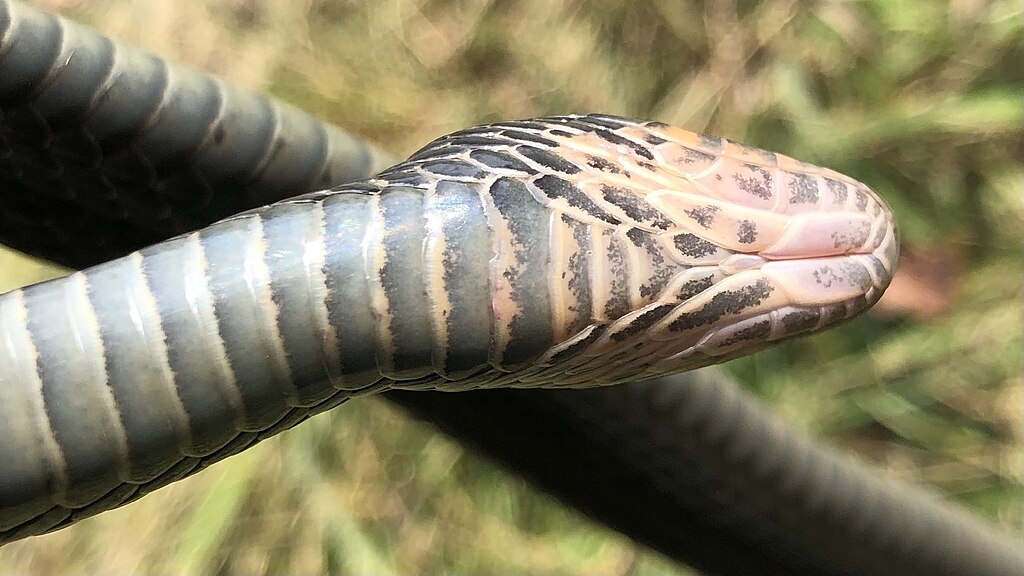
One of the most obvious indicators differentiating rest from brumation is the length of time your snake remains inactive. During normal rest, snakes may remain still and unresponsive for several hours or even a day or two, especially after consuming a large meal that requires significant energy to digest. However, a snake in brumation will remain in this low-activity state for weeks or even months, depending on the species and environmental conditions. If your pet snake has been inactive for more than a week without other clear causes like recent feeding, illness, or stress, this extended inactivity may suggest the onset of brumation rather than simple rest. Wild snakes typically brumate from late fall through early spring in temperate climates, so seasonal timing can also provide valuable context for interpreting prolonged inactivity.
Temperature-Related Behavioral Changes
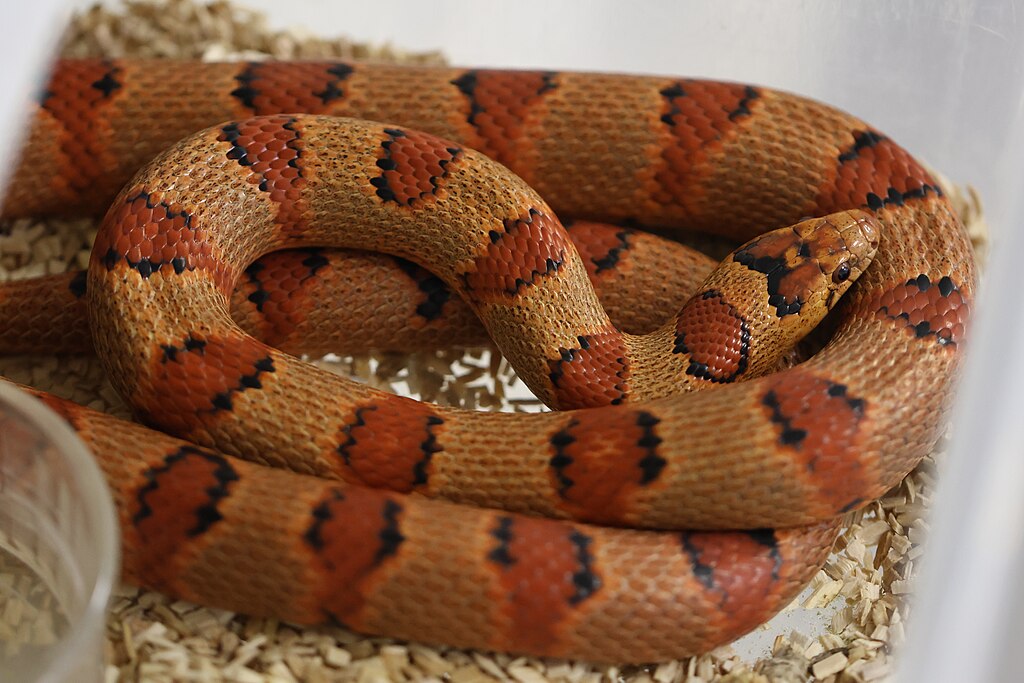
Temperature plays a crucial role in triggering brumation and can help distinguish it from normal rest. Brumation is initiated when ambient temperatures consistently drop below a species-specific threshold, typically between 50-68°F (10-20°C) depending on the snake species. A resting snake will maintain normal behavior patterns when temperatures are within their preferred optimal range (generally 75-85°F or 24-29°C for most pet species). You might notice your snake deliberately seeking out cooler areas of its enclosure as brumation approaches—behavior you wouldn’t typically observe during normal rest periods. This temperature-seeking behavior is a strong indicator that your snake is preparing for brumation rather than simply taking a prolonged rest, especially when it coincides with seasonal changes in the fall or early winter.
Feeding Response and Appetite Changes
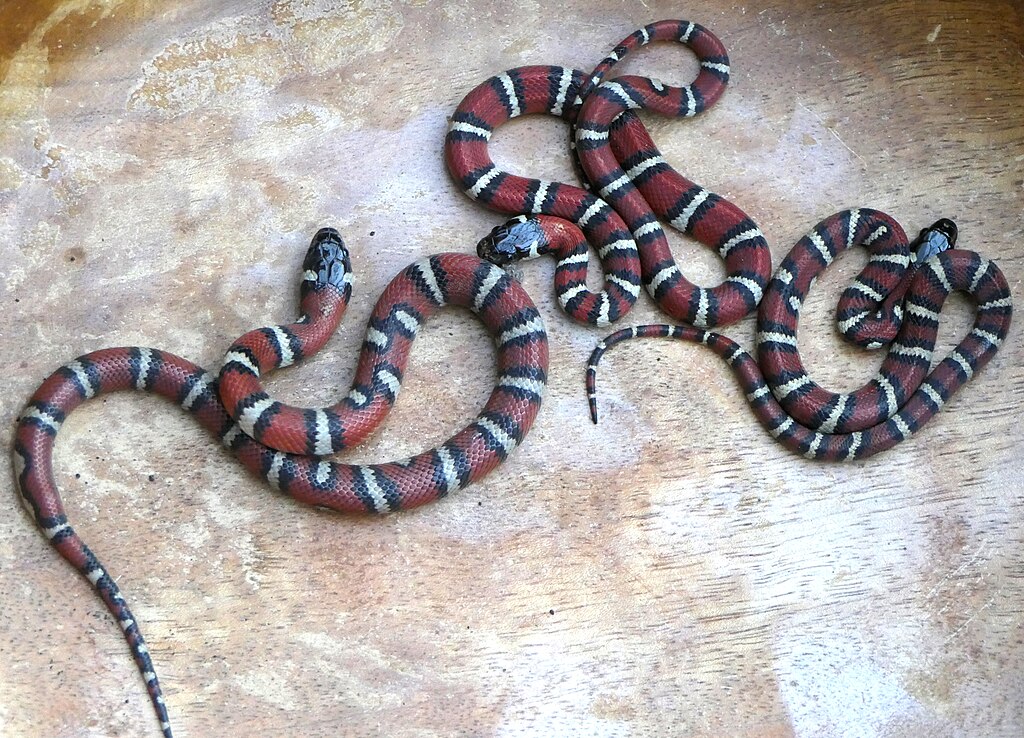
A snake’s interest in food provides one of the clearest distinctions between resting and brumating states. During normal rest, particularly after eating, a snake may be less interested in food temporarily but will generally return to normal feeding patterns within days. In contrast, a brumating snake will show significantly decreased interest in food, often refusing meals entirely for weeks before entering full brumation. This appetite suppression is a natural preparation for the extended fasting period that accompanies brumation. If your normally food-motivated snake suddenly begins refusing meals as temperatures drop and daylight hours decrease, this strongly suggests preparation for brumation rather than normal rest. Most reptile keepers observe this appetite decline several weeks before full brumation begins, providing an early warning sign of the impending dormant period.
Breathing Rate and Visibility
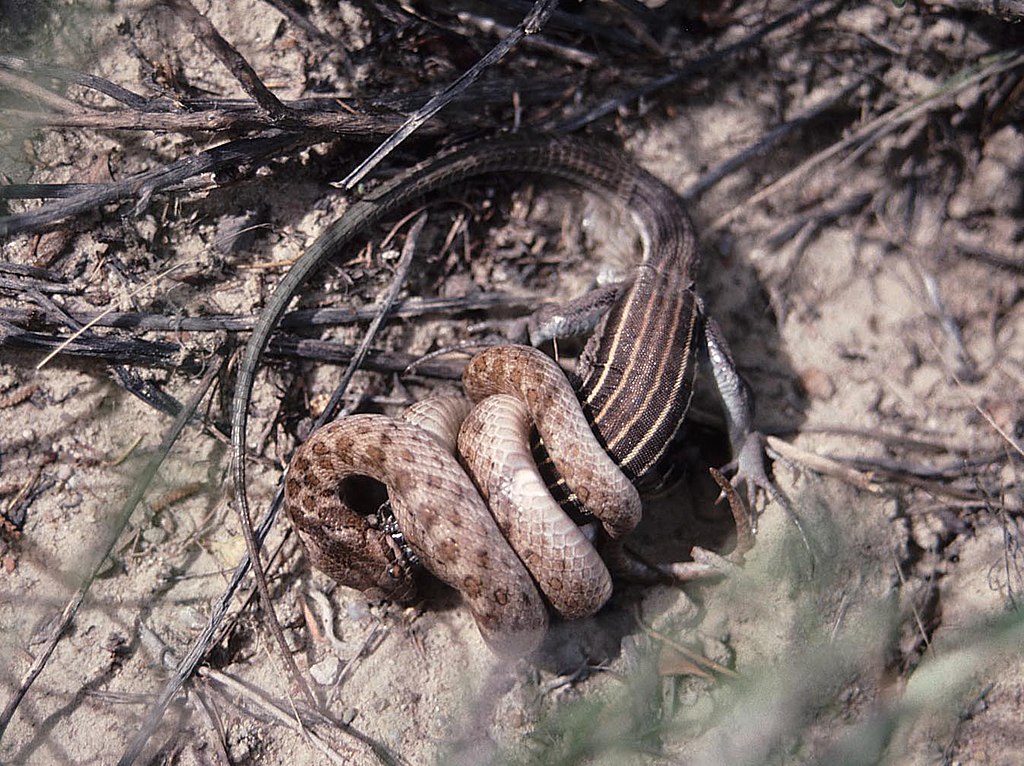
Careful observation of a snake’s breathing pattern can reveal valuable clues about its physiological state. A resting snake maintains relatively normal breathing rates, with visible chest expansion every few minutes, though the rate may slow somewhat compared to active periods. In contrast, a brumating snake exhibits dramatically reduced respiratory rates, sometimes taking breaths so infrequently and shallowly that they’re barely perceptible, with intervals that might extend to 15-30 minutes between breaths. This reduced respiratory rate reflects the snake’s dramatically lowered metabolism during brumation. To observe breathing in snakes, watch carefully for subtle movement in the body just behind the head, or very slight flaring of the nostrils in some species, though this requires patience and close attention since the movements can be extremely subtle, especially in brumating individuals.
Responsiveness to Stimuli
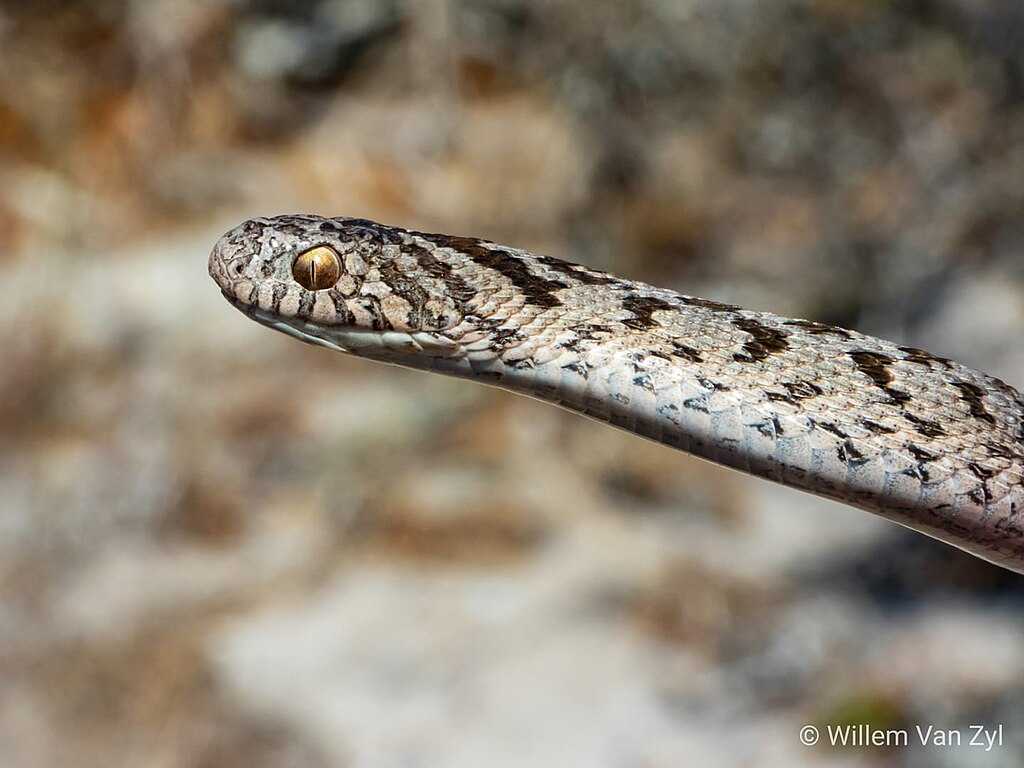
How your snake responds to external stimuli provides another key indicator of its physiological state. A resting snake, while less active than usual, will typically respond to stimuli such as gentle handling, movement near its enclosure, or light touch by showing some alertness—perhaps by flicking its tongue, shifting position, or exhibiting defensive behaviors if startled. In contrast, a brumating snake exhibits dramatically reduced responsiveness, sometimes appearing completely unresponsive to stimuli that would normally provoke immediate reaction. This reduced responsiveness results from the snake’s lowered metabolic rate and sensory awareness during brumation. However, it’s important to note that even brumating snakes typically show some minimal response when disturbed significantly, so complete unresponsiveness could indicate health problems requiring veterinary attention rather than normal brumation.
Hydration Behaviors and Water Intake
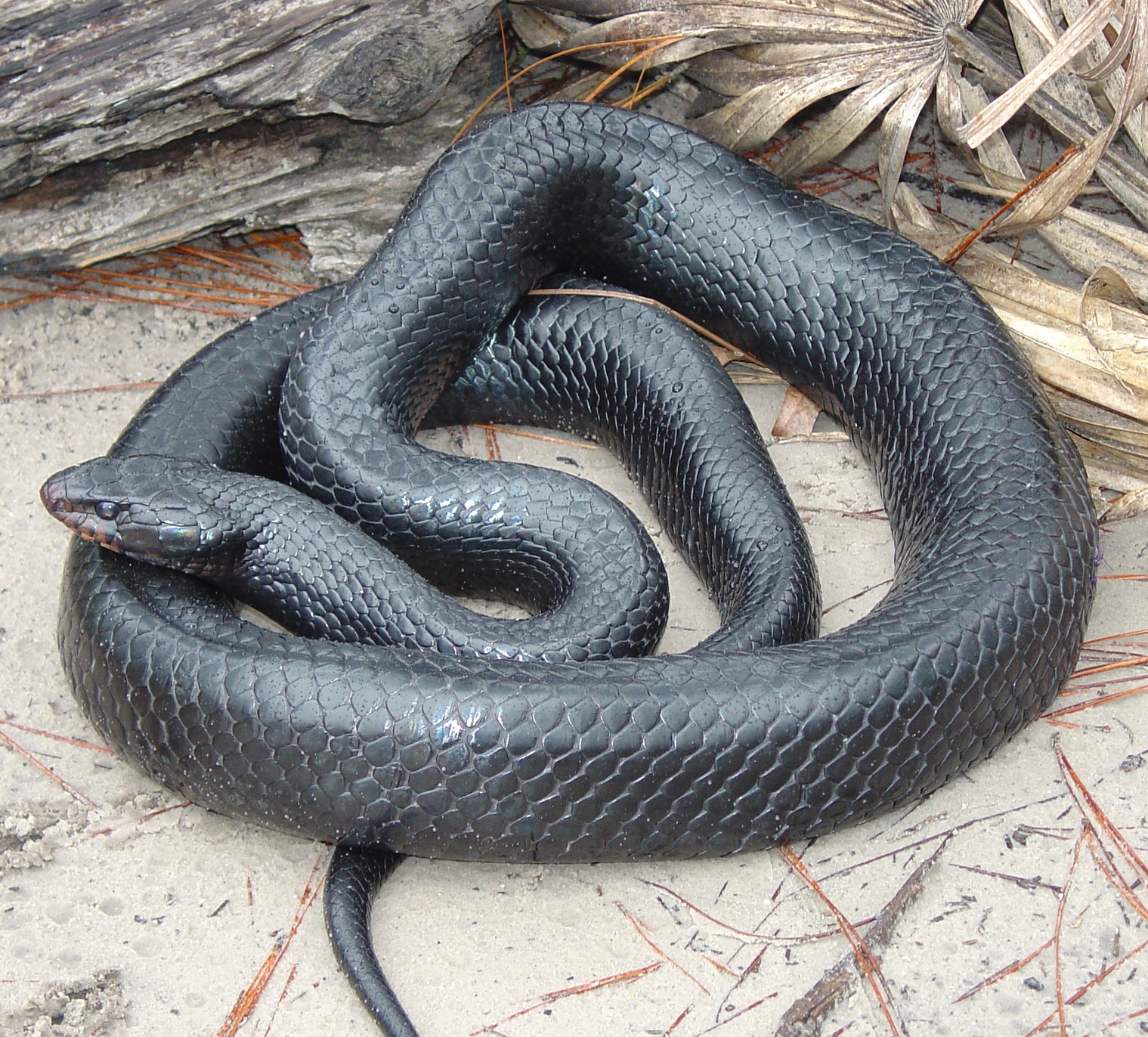
Water consumption patterns differ significantly between resting and brumating snakes, providing another useful diagnostic clue. Resting snakes continue to visit water sources regularly, maintaining normal hydration even during inactive periods. You’ll likely observe your snake drinking or soaking periodically, especially before or after shedding cycles. Brumating snakes, however, dramatically reduce their water intake, sometimes going weeks without visibly drinking, though they may occasionally emerge for brief hydration during warmer days within the brumation period. This reduced water consumption aligns with their overall metabolic slowdown and decreased physiological activity. Despite decreased visible drinking, maintaining clean, fresh water remains essential during brumation as snakes will still require occasional hydration and water helps maintain appropriate humidity levels in their environment.
Location Preferences and Hiding Behavior

The specific locations a snake chooses within its environment can provide valuable insights into whether it’s resting or brumating. During normal rest, snakes typically select favorite hiding spots within their preferred temperature range, often utilizing the same locations repeatedly based on security and comfort. These resting locations may change frequently as the snake moves between activities. In contrast, brumating snakes deliberately seek out cooler, often deeper hiding spots that provide stable temperatures and protection during their vulnerable dormant state. In the wild, snakes may travel considerable distances to reach communal brumation dens below the frost line, while captive snakes typically select the coolest accessible area of their enclosure. This distinct preference for cooler microhabitats, especially when combined with other brumation indicators, strongly suggests your snake is entering its dormant period rather than simply resting.
Weight and Body Condition Changes
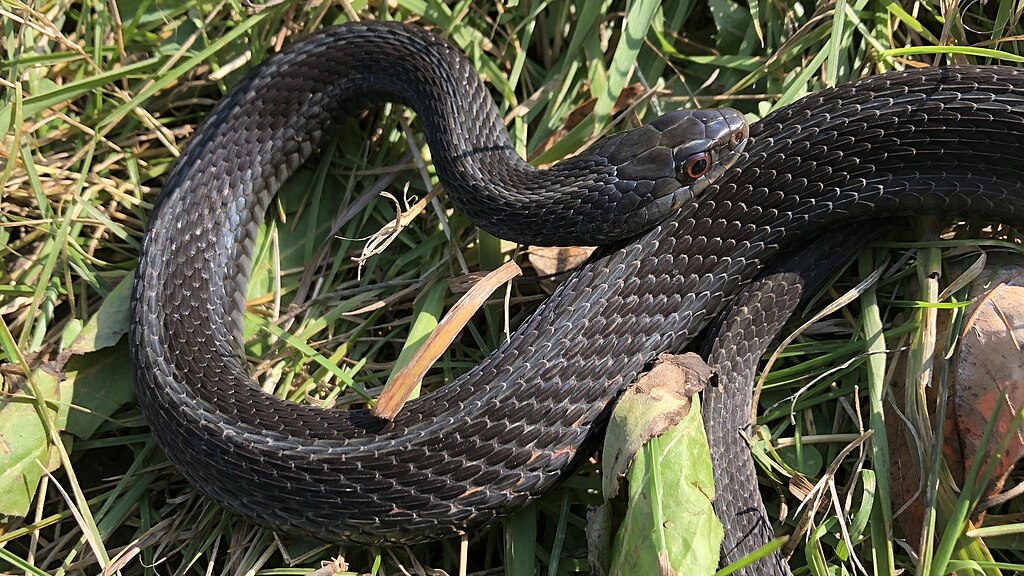
Monitoring your snake’s weight and body condition can provide important context for distinguishing between rest and brumation. During normal rest periods, a healthy snake maintains relatively stable weight and body condition, showing no significant changes beyond what’s expected after feeding or defecation. Before brumation, however, many snakes naturally build up fat reserves and may appear slightly heavier or more robust than usual as they prepare for months without food. During brumation itself, snakes gradually lose weight as they metabolize these reserves, though the weight loss occurs very slowly due to their dramatically reduced metabolic rate. Significant, rapid weight loss is never normal and could indicate illness rather than brumation. Regular weighing of pet snakes can help establish baseline patterns and make it easier to distinguish between normal seasonal changes and potentially concerning weight fluctuations that might require veterinary attention.
Movement Patterns When Active
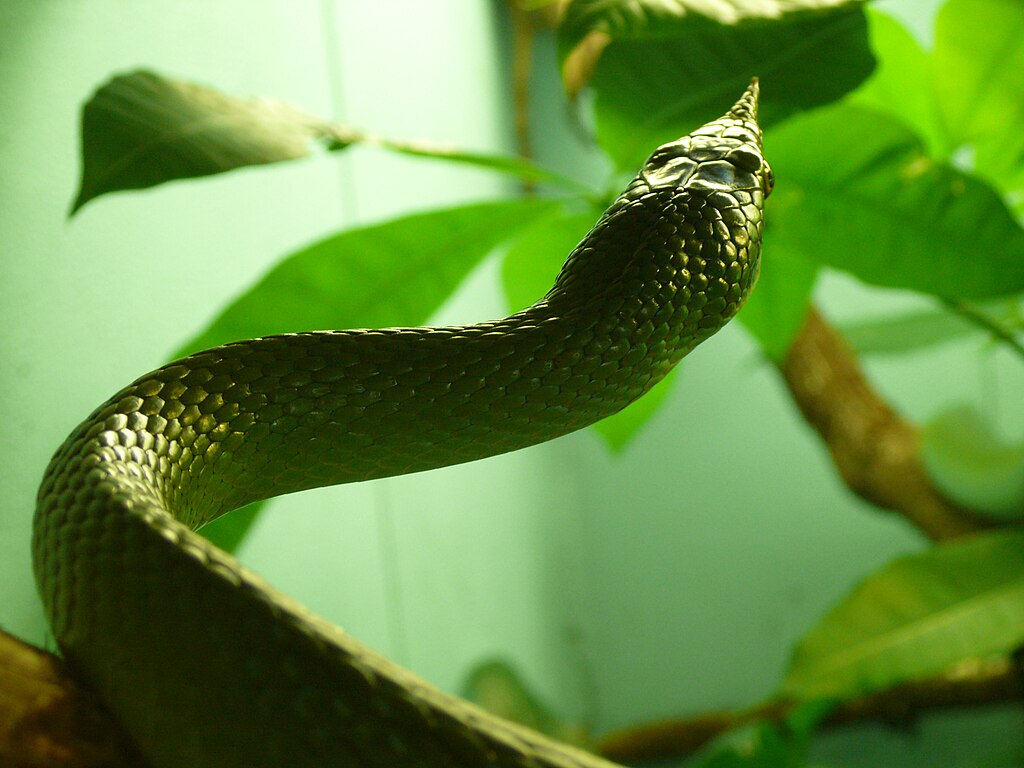
The quality and frequency of movement during active periods provides another window into a snake’s physiological state. A normally resting snake, when active, demonstrates typical movement patterns for its species—fluid, purposeful motions with normal muscle tone and coordination as it explores, hunts, or repositions itself. These movements appear consistent with the snake’s usual behavioral repertoire. In contrast, a snake entering or emerging from brumation exhibits distinctly different movement characteristics. Pre-brumation movement often appears deliberate but less frequent, with the snake conserving energy while still making purposeful habitat selections. During brief active periods within brumation (which can occur on warmer days), movements typically appear slower, less coordinated, and more limited in scope than normal activity. These qualitative differences in movement style and frequency can help distinguish between a snake that’s temporarily resting and one that’s cycling through the occasional active phases that can occur during brumation.
Shedding Cycles and Skin Condition
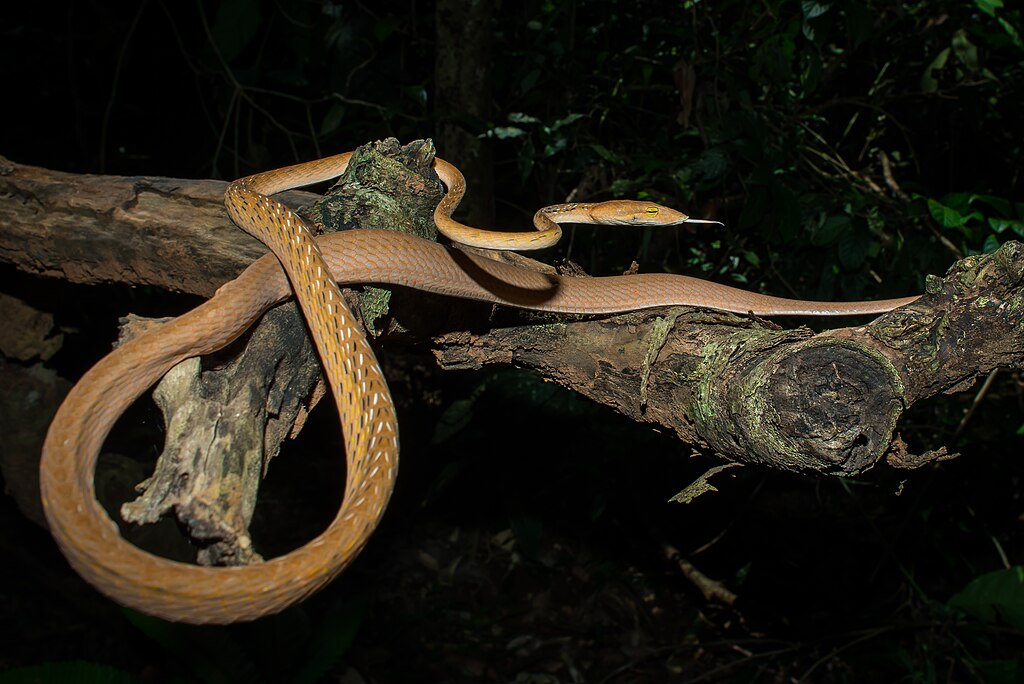
A snake’s shedding pattern provides additional context for interpreting its physiological state. During normal activity cycles interspersed with rest, snakes maintain regular shedding schedules determined primarily by growth rate and health status, typically occurring every few weeks for growing juveniles and every 1-3 months for adult snakes. As brumation approaches, many species will complete a final pre-brumation shed, after which shedding ceases entirely during the dormant period. This shedding cessation reflects the dramatically reduced cellular activity and growth during brumation. If your snake hasn’t shed for an extended period coinciding with other brumation indicators, this altered shedding cycle supports the conclusion that it has entered brumation rather than extended rest. Once brumation ends and normal activity resumes in spring, the shedding cycle typically restarts within a few weeks as the snake’s metabolism returns to normal.
Seasonal Context and Environmental Cues
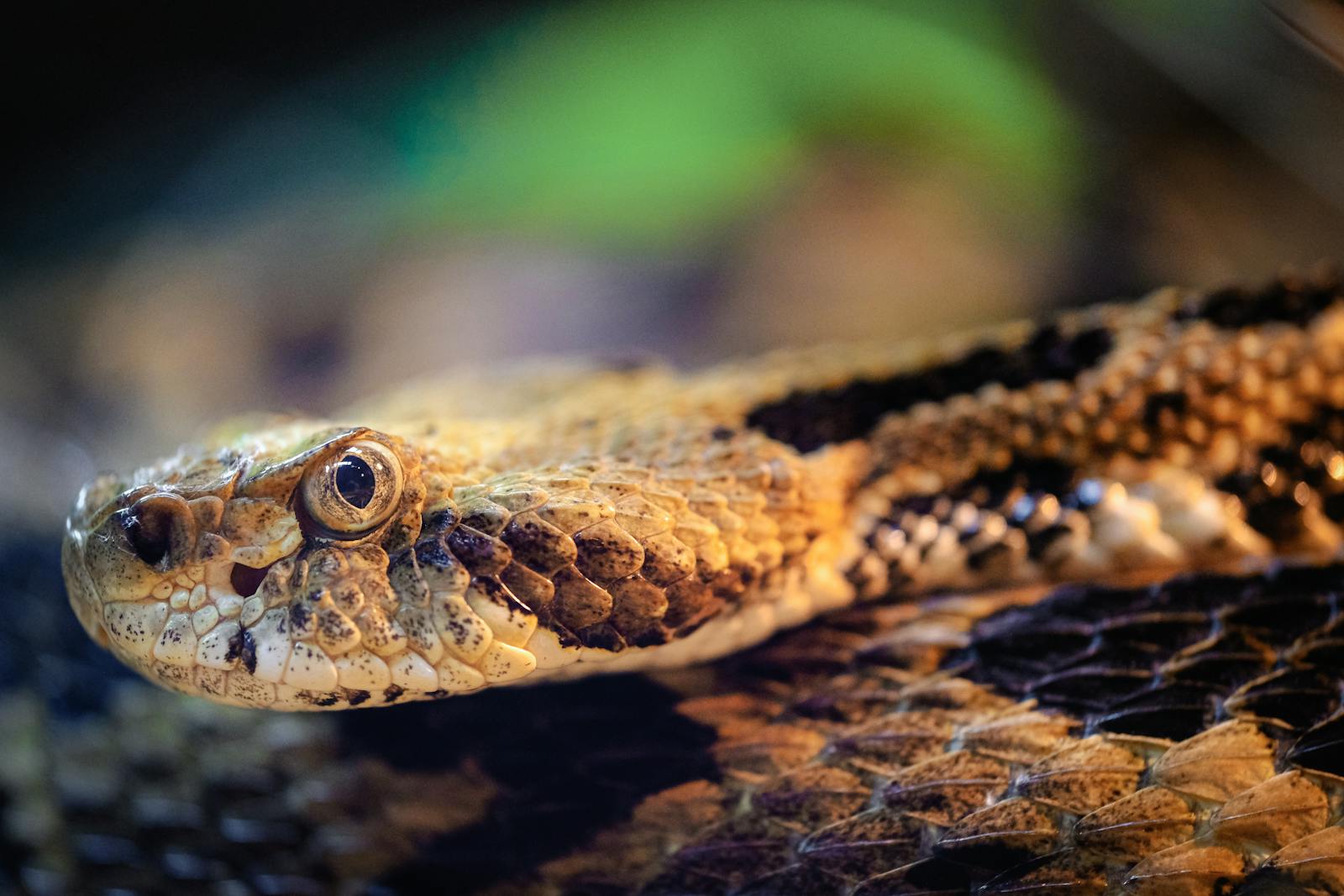
The timing of your snake’s inactivity relative to seasonal changes provides crucial context for accurate interpretation. Brumation is heavily influenced by seasonal cues including decreasing daylight hours (photoperiod), temperature drops, and barometric pressure changes that signal approaching winter. Most temperate-zone snake species begin brumation preparation in fall (September-November in the Northern Hemisphere) and emerge in spring (March-May), though exact timing varies by species and geographic origin. Rest periods, in contrast, occur year-round without strong seasonal correlations. Even captive snakes with controlled environments often retain sensitivity to seasonal rhythms, responding to subtle cues like changing natural light through windows or seasonal temperature fluctuations in the home. This seasonal alignment of inactivity with natural brumation periods strongly suggests your snake is brumating rather than merely resting, even if temperature and lighting are relatively controlled in captivity.
Appropriate Care Responses
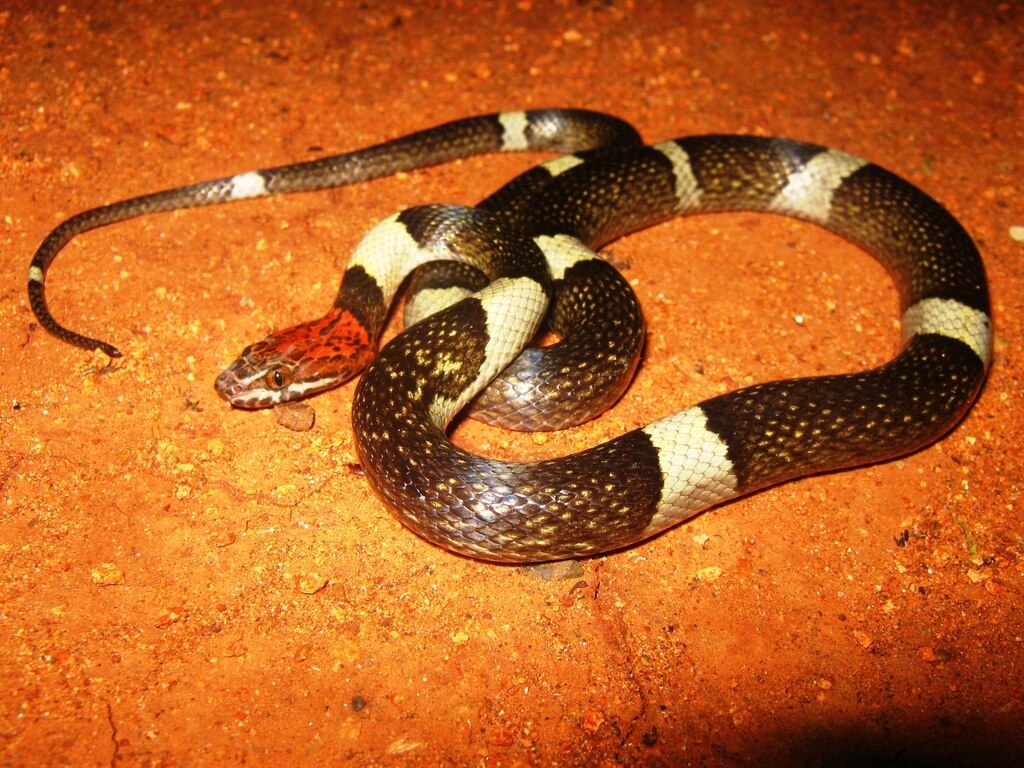
Once you’ve determined whether your snake is resting or brumating, appropriate care responses differ significantly. For a resting snake, maintain normal husbandry practices including regular feeding schedules, normal temperature gradients, and standard humidity levels for the species. Minimize unnecessary disturbances during digestion periods, but otherwise continue routine care. For a brumating snake, adjustments become necessary: reduce handling to absolute minimum, ensure water remains available though it may rarely be used, maintain appropriate humidity to prevent dehydration, and carefully monitor weight and condition without disturbing the snake excessively. Do not attempt to force-feed a brumating snake or artificially warm it to prevent brumation unless directed by a veterinarian for health reasons. Most healthy snakes can safely brumate with proper preparation and monitoring, and in many species, this natural cycle contributes to overall health and reproductive readiness. However, underweight, juvenile, or ill snakes may require veterinary guidance regarding whether brumation is appropriate or should be prevented through environmental management.
Conclusion

Understanding the difference between a resting snake and one that’s brumating requires careful observation of multiple behavioral and physiological indicators. From breathing rates and responsiveness to feeding behavior and seasonal context, these signs collectively create a clear picture of your snake’s state. While a single indicator might be ambiguous, the constellation of symptoms described above allows for confident differentiation between these two states. For pet owners, this knowledge enables appropriate care adjustments that respect your snake’s natural cycles while ensuring its health and wellbeing throughout the year. Remember that individual snakes, even within the same species, may show variation in their brumation behaviors based on age, health status, and individual temperament. When in doubt about your snake’s condition, particularly if it shows concerning symptoms beyond typical brumation patterns, consult with a veterinarian experienced in reptile care for personalized guidance.





